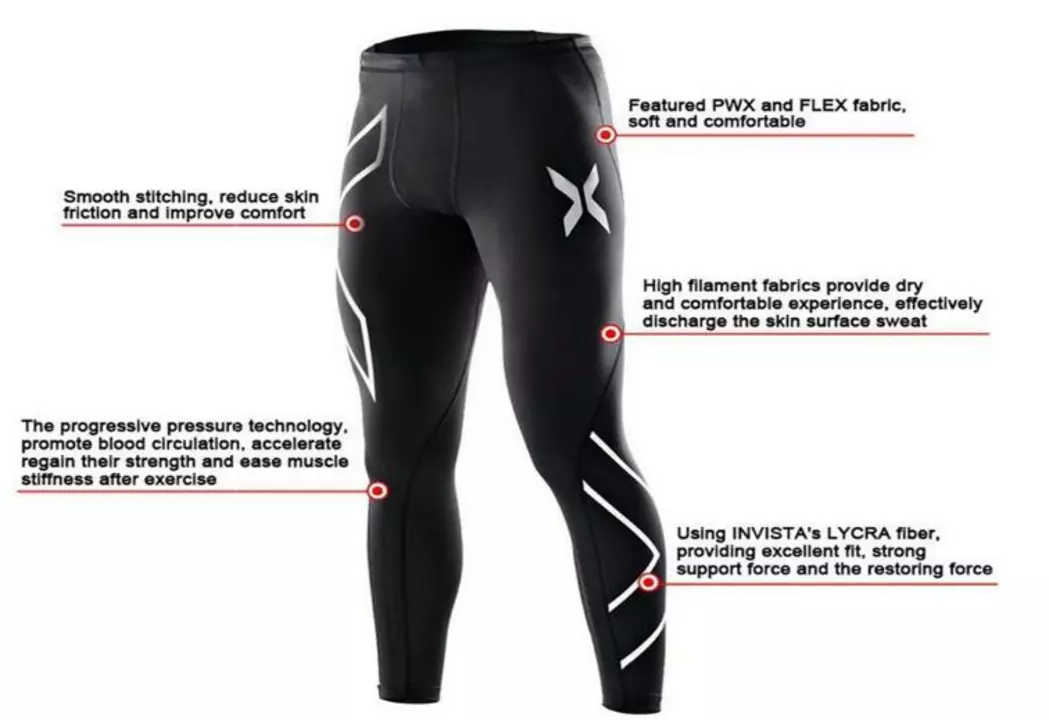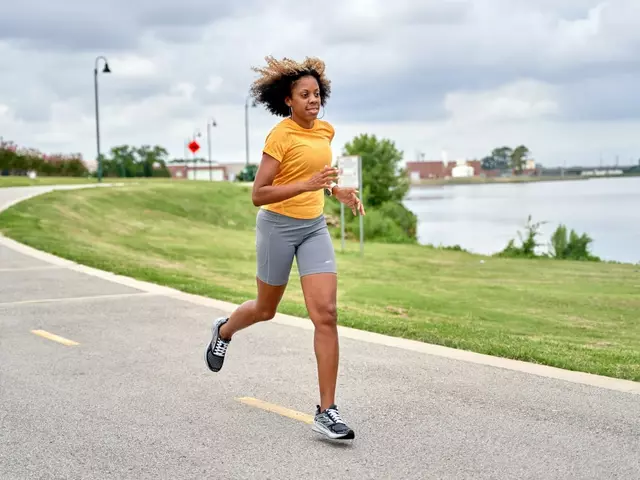Cycle Shoes: How to Pick the Right Pair for Comfort and Power
If you’ve ever tried to pedal with regular sneakers, you know how much wasted energy a bad shoe can cause. Cycle shoes lock your feet to the pedals, so you get more push on each stroke. The right pair feels like an extension of your legs – snug, supportive, and ready for any ride.
Types of Cycle Shoes
There are three main styles you’ll see on the road, trail, or gym. Road shoes are lightweight, have a stiff sole, and usually a three‑hole cleat system that clicks into clipless pedals. They’re built for speed, so they feel firm underfoot and keep your foot from flexing.
Mountain bike shoes have a more rugged sole with recessed pins or a flat platform. The pins give you grip when you need to walk over rocks, and the sole is still stiff enough for power when you’re on the trail. Look for a shoe with reinforced toe caps if you hit technical terrain often.
Training or indoor shoes sit somewhere in between. They often have a smooth sole for spin bikes and may use a single‑hole cleat or a strap system. These are great if you bike indoors most days but still want the clip‑in feel.
Getting the Right Fit and Buying Tips
Fit matters more than brand. Start by trying shoes on at the end of the day when your feet are slightly swollen – that’s when they’ll be the biggest. Slide your foot in and make sure there’s a thumb‑width of space between your toe and the front of the shoe. Your heel should stay in place when you walk; any lift means the shoe is too big.
Stiffness is a double‑edged sword. A super stiff sole transfers power well, but if it’s too rigid you’ll feel sore after a long ride. Beginners often prefer a shoe with a bit of flex in the forefoot, while seasoned racers go for maximum stiffness.
When you buy, think about where you’ll ride most. If you’re a road commuter who faces rain, look for water‑resistant uppers and a quick‑dry lining. For off‑road adventures, choose a shoe with a durable mesh that breathes and a reinforced toe box.
Don’t forget the cleats. Road shoes use SPD‑S, Look Keo, or Speedplay – each has a different float (how much your foot can move side‑to‑side). If you’re new to clipless, a small‑float system reduces knee strain. Mountain bike cleats (SPD) are smaller and sit in the shoe’s heel, making walking easier.
Price isn’t everything, but you get what you pay for. A decent entry‑level road shoe costs around £70‑£100 and will last a season or two. Mid‑range models (£120‑£180) add better materials, replaceable soles, and more precise fit options. High‑end shoes can top £250, offering carbon plates and custom molding – overkill unless you’re racing.
Finally, shop both online and in‑store. Online reviews give you a sense of durability, but trying on in person lets you feel the actual fit. Many UK bike shops hold demo days where you can clip into a bike and test the feel before you commit.
Bottom line: pick the right style for your discipline, snugly fit the shoe, and match the cleat system to your comfort level. With those basics covered, your new cycle shoes will turn every pedal stroke into smooth, powerful motion.



